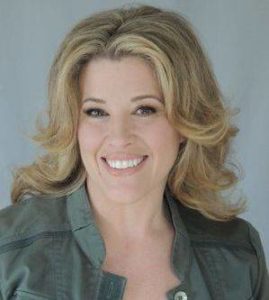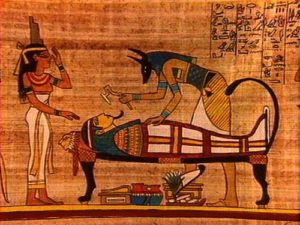Welcome to the second part of my interview with Christina Zampitella, Psy.D., FT. (Read part one here.) Christina is a full-time professor and also has a private practice. She is interested in the healing power of natural rituals.
Debra: Christina, how did you become interested in the idea of rituals to help heal?

Credit: drzampitella.com
Christina: The more I studied psychology, the more I came to believe that therapy had to involve not only the mind but the body and spirit as well. Rituals embrace all three of these elements.
Debra: How do you define a ritual?
Christina: A ritual is a ceremony made up of a series of actions or behaviors performed in a certain order and with a clear intention. The emphasis here is on intention. That’s the difference between a ritual and a habit. A habit is engaging in a behavior without thinking about why, like automatically kissing a cross when entering a church. While you’re doing it, you may be thinking about your kids’ overdue library books or what you’re going to make for dinner. Rituals are acts or behaviors performed mindfully, with the intention of obtaining a specific outcome.
Debra: How do you go about helping people create a natural ritual?
Christina: Actually, that was a large part of my dissertation. Since I had lost a sibling when I was an adult, my subjects were also adults who had had a brother or sister die. The research with that population, by the way, is incredibly scarce. I also wanted to do something that utilized the intrinsic healing properties of nature.
I met with each of my subjects to plan a ritual that would help ease his or her grief. For instance, we talked about the symbols each person wanted to use and why that symbol held personal meaning. Some of the symbols we used included rocks, feathers, water, candles, photographs or flowers, to name just a few.
Debra: What are the other elements of rituals?
Christina: Of course as I mentioned earlier, one of the most important elements is defining intent. What does the person or people performing the ritual hope to accomplish? This could be anything from, “I want to ensure my brother’s soul is at peace” to “I want to form a beautiful memory of my sister that I can always carry with me.”
Words are another part of many natural rituals. This could be the same word or phrase chanted over and over, or it could be the reading of a poem or the telling of a story about the sibling who has died. Songs may be used, too, as may music without words such as drumming or playing another instrument.
 Debra: When you re-interviewed the participants after they had completed their rituals, what did you find?
Debra: When you re-interviewed the participants after they had completed their rituals, what did you find?
Christina: The results were even more positive than I had hoped. Many of the participants said they were surprised to find that the rituals gave them a sense of power and control that they had lacked since their sibling had died. Others felt they had begun to make progress in their healing process after years of being stuck. Still others said that the rituals provided them with a voice with which to express their grief.
Debra: It certainly sounds like natural rituals have much to offer people dealing with grief. Thank you, Christina, for doing this interview with me. I appreciate your time.
Christina: Thank you for your interest, Debra.

 How Can Natural Rituals Ease Grief?
How Can Natural Rituals Ease Grief?


 “As Tears Go By” by Marianne Faithfull
“As Tears Go By” by Marianne Faithfull

 Funeral Favors Offer Visitors a Tangible Memento
Funeral Favors Offer Visitors a Tangible Memento















